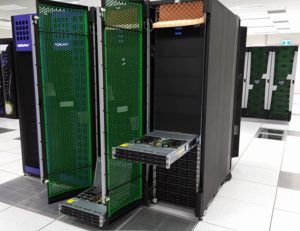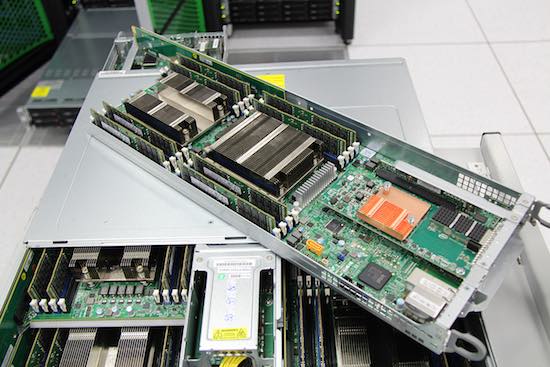 Today the Pawsey Supercomputing Center in Australia announced plans to expand its Zeus cluster from a pre/post processing cluster to a mid-range compute cluster in December 2017. This expansion will provide more than 20 million additional core hours to researchers.
Today the Pawsey Supercomputing Center in Australia announced plans to expand its Zeus cluster from a pre/post processing cluster to a mid-range compute cluster in December 2017. This expansion will provide more than 20 million additional core hours to researchers.
This is another piece of the puzzle, ensuring that Pawsey provides the most suitable resources for Australian researchers,” said David Schibeci, Head of Supercomputing at Pawsey. “We’ve seen an unquenchable thirst for compute power in this country and we are happy to continue to support science outcomes that come from that thirst.”
Zeus will gain 90 nodes with the following configuration:
- Two 2.4 GHz 14-core Intel Xeon “Broadwell” CPUs
- 128 GB RAM
- 100 Gbps OminiPath high-speed interconnect
Moving from a system designed for pre- and post- processing workloads, Zeus will become Pawsey’s new mid-range cluster in December 2017. The new cluster will target key science communities such as Bioinformatics, who have large compute requirements but aren’t ready to use a supercomputer such as Pawsey’s flagship system, Magnus.
 The system will run the latest generation enterprise class Linux Operating System, known as SLES 12, which gives researchers access to cutting edge software and support new technologies such as Shifter, making running software on Zeus even easier.
The system will run the latest generation enterprise class Linux Operating System, known as SLES 12, which gives researchers access to cutting edge software and support new technologies such as Shifter, making running software on Zeus even easier.
Pawsey are currently calling for enthusiastic researchers to test the new Zeus expansion. Interested researchers are encouraged to contact Pawsey to gain early access to the system, especially if Zeus is currently being used in their workflows.
The procurement of this expansion was made possible through the funding of the Australian Government’s National Collaborative Research Infrastructure Strategy (NCRIS) and will enable Pawsey to continue to deliver big science outcomes for the advancement of Australia.




